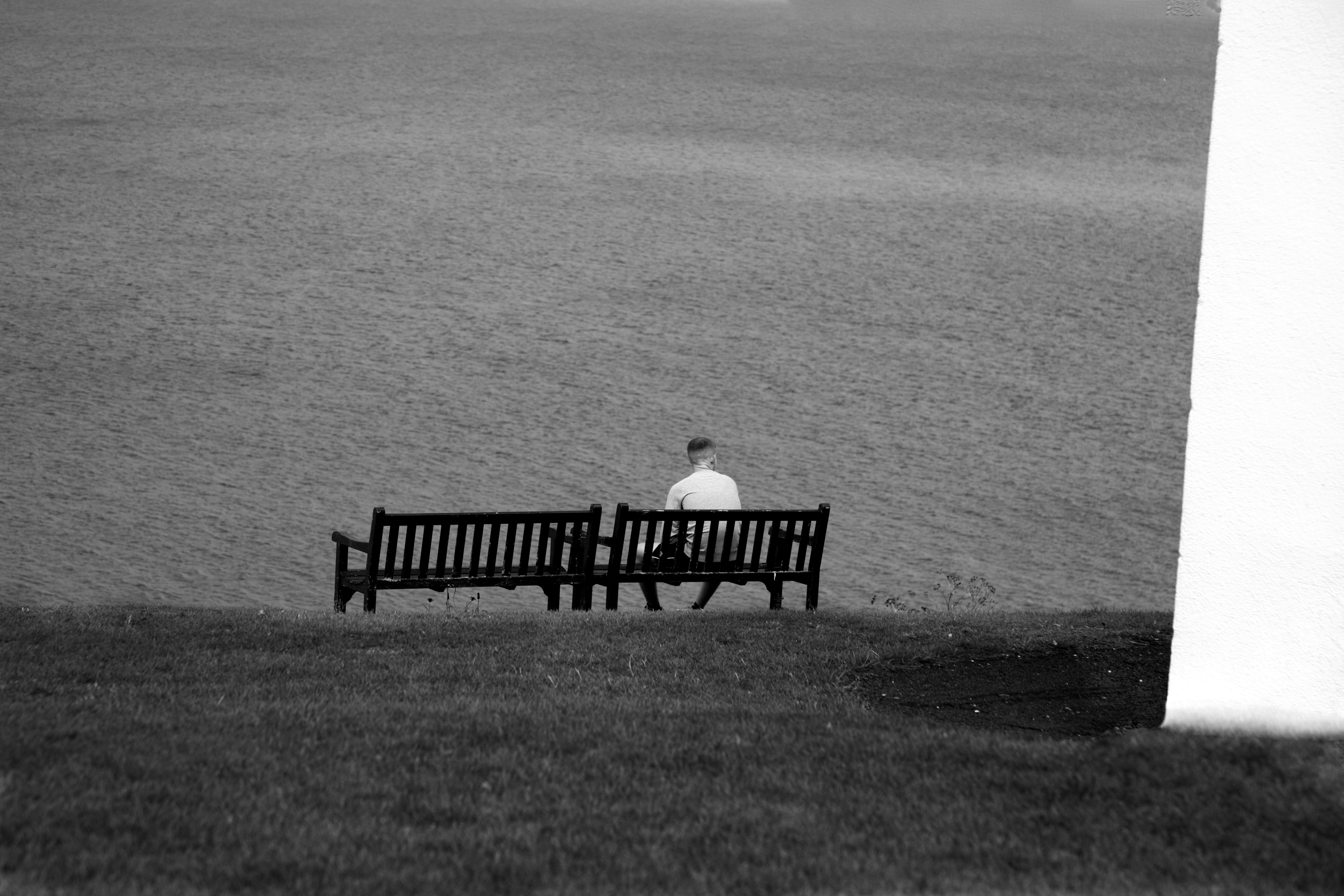Rediscover Urban Wilderness: Cultivate Your Green Sanctuary Now!
In the heart of concrete jungles, where the bustle of city life can leave us feeling listless and disconnected, lies an unexpected remedy to boost our mental resilience: urban wilderness. Imagine transforming your balcony, windowsill, or even a tiny patch of soil on your rooftop into a vibrant green sanctuary that not only nurtures plants but also fosters your well-being and deepens your connection to nature. In this article, we delve into the wild beauty of urban gardens, explore the science behind why engaging with nature translates to enhanced mental health, and provide you with practical steps on how to cultivate your own personal green haven.
The Urban Wilderness Concept: Nature in the City

In recent years, urban wilderness has taken on a new meaning. It’s not just about natural reserves on the outskirts of cities; it’s also about reclaiming small pockets of nature right where we live. This concept encompasses parks, community gardens, and, importantly, private green spaces created by city dwellers. The idea is simple: bring nature closer to urban life to inspire ecological awareness and improve mental health. Urban wilderness marries the benefits of biophilic design with the trending desire for sustainable living, creating an emotional anchor for city residents.
Research shows that interactions with nature improve our mood, lower anxiety, and enhance overall cognitive function. It acts as a buffer against the daily stressors of urban life. A study published by the National Institute of Health found that exposure to green spaces boosts both our physical and psychological well-being.
Green Spaces and Mental Health: The Transformative Benefits

Think of how you feel after a walk in the park or a visit to your nearest botanical garden. Those feelings of relaxation and clarity are not coincidences. Contact with nature has been scientifically proven to reduce symptoms of anxiety, depression, and stress. Engaging with the greenery around us activates our parasympathetic nervous system, promoting relaxation and feelings of well-being.
Moreover, green spaces provide an opportunity for people to participate in meaningful, restorative experiences. When you invest in your green sanctuary—be it nurturing a potted plant or digging into the dirt of a rooftop garden—you’re cultivating both life and your own emotional resilience.
Practical Steps to Create Your Urban Green Sanctuary
Step 1: Selecting Your Green Space
The first step to creating your personal green sanctuary is selecting a space, no matter how small it may be. Look around your living area. Is there a balcony that receives plenty of sunlight? A home window with a sunny sill? Or perhaps a community garden you could join? Each little green corner is filled with potential.
Step 2: Choosing the Right Plants
Once you’ve identified your space, the next crucial step is plant selection. Opt for plants that thrive in the conditions you have. Here are a few recommended choices:
- Herbs: Basil, mint, and rosemary are great selections that perform well in small pots and provide fresh ingredients for cooking.
- Succulents: These hardy plants require minimal care and can adapt well to varying light conditions.
- Indoor Plants: Spider plants and pothos are known for their air-purifying abilities and can grow well in low-light areas.
Step 3: Mindful Gardening Techniques
Gardening is not only about what gets planted, but also about how you engage with the process. Consider integrating biophilic design principles to ensure your space is attractive and harmonious. For instance, using a mix of colorful pots can make your green space visually appealing, while vertical gardens help utilize limited space efficiently.
Step 4: Create a Routine
Transformation exists in the everyday. Schedule a few moments each day to connect with your plants. Whether it’s watering, pruning, or simply observing the growth, these small rituals can provide profound emotional benefits.
The Ecological Responsibility of Urban Gardens
Creating your green sanctuary isn’t just a personal wellness initiative; it also links to broader ecological concerns. When you cultivate plants, you actively contribute to the urban ecosystem. Plants improve air quality, support local biodiversity, and even mitigate climate change by absorbing carbon dioxide and oxygenating the air.
Moreover, urban gardening promotes the concept of local food systems, allowing residents to grow their own produce which can lead to decreased reliance on commercial food systems—something much more satisfying and sustainable.
Embrace Urban Foraging
As you develop your green space, consider the art of urban foraging. This practice encourages you to explore nature’s bounty within your city, from edible weeds to fruit trees lining streets. It creates a deep-rooted sense of belonging and awareness of the natural world surrounding us.
The Role of Nature in Enhancing Mindfulness
While tending to your garden, consider adopting mindfulness techniques. Being present while engaging with your green space heightens awareness and fosters a profound appreciation for nature. This practice can help ground you in the moment, leading to improved mental clarity and stress relief.
Integrating nature into your life doesn’t have to be a radical change. Simple techniques like aromatherapy can make a significant difference too. Explore our article on how to transform your mood through aromatic geography to enhance the sensory experience of being among your green plants.
Building Community Through Urban Gardening
Urban wilderness also offers a unique opportunity to connect with other city dwellers. Community gardens invite collaboration and the sharing of knowledge, tools, and perhaps even crops. This sense of community can be refreshing in urban environments where loneliness is prevalent.
Utilize social media platforms or local community boards to discover like-minded individuals. Share experiences, exchange plants, and invite others to participate in your gardening journey. The connections formed in these shared experiences can promote emotional healing and resilience, creating a supportive neighborhood fabric.
Taking It Further: Advocating for Green Spaces
As you immerse yourself in cultivating your own green sanctuary, consider becoming an advocate for urban green spaces in your community. Collaborate with local organizations to create more parks or green initiatives that benefit all residents. Share your journey on platforms like Instagram or Facebook to inspire others to join the green movement.
The Legacy of Your Urban Sanctuary
Creating a green sanctuary is not merely a hobby; it’s a powerful act of self-care and environmental stewardship. Whether through host-friendly plants or a small herb garden, your sanctuary can serve as a source of joy, comfort, and deeper stability within a constantly changing world.
Even the smallest green space has the potential to make a significant positive difference. As you nurture your plants, let them nurture you in return—rooting you firmly in the ground even as the world around you evolves.
Final Thoughts on Rediscovering Nature
Marginalized in today’s rush, nature beckons to us from within the city’s vibrant chaos. Rediscovering the wild amidst urbanity is not just an escape; it’s a return to our essential selves. By creating a personal green sanctuary, we safeguard our mental resilience, improve our emotional health, and embrace a deeper commitment to ecological awareness.
In this dance with nature, remember that the journey is just as enriching as the destination. Continue to explore, engage, and expand your understanding of the profound connection between your well-being and the natural world.
If you want to deepen your practice and understanding of wellness, don't miss our articles on embracing liminal spaces and the color of wellness through art therapy. Together, let’s cultivate the wild spirit of urban living and celebrate every green leaf we touch.



